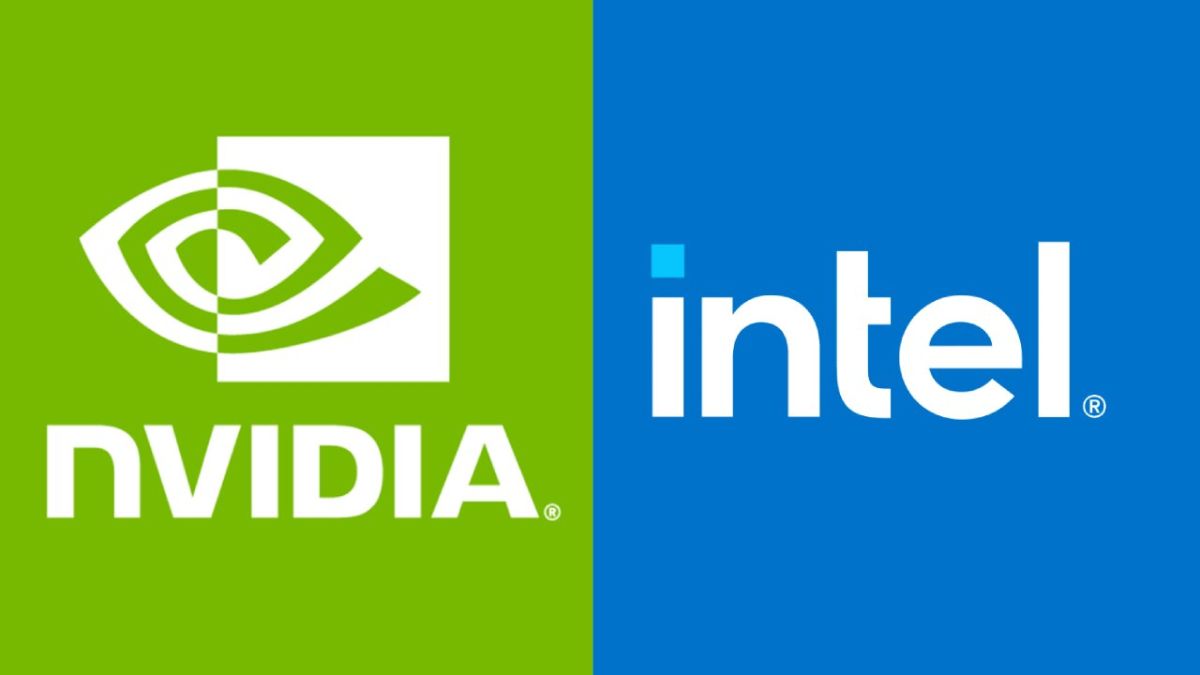Necessary Always Active
Necessary cookies are required to enable the basic features of this site, such as providing secure log-in or adjusting your consent preferences. These cookies do not store any personally identifiable data.
|
||||||
|
||||||
|
||||||
|

Nvidia takes a 5 billion stake in Intel, marking one of the most significant cross-investment deals in the global semiconductor sector this year. According to Caixin Global, the agreement includes both a financial transaction and a strategic plan to co-develop data center and consumer chips based on Intel’s x86 architecture.
Under the terms of the Intel Nvidia investment deal, Nvidia will acquire approximately a 4 percent stake in Intel through a US$5 billion investment. The companies announced that the collaboration will target the fast-growing demand for artificial intelligence infrastructure, leveraging Intel’s x86 platforms and Nvidia’s capabilities in advanced chip design. On July 10, 2025, NVIDIA’s share price rise further after its valuation surpassed that of Apple and Microsoft.
The news had an immediate impact on the market. Intel’s share price rose by 22.8 percent following the announcement, reflecting renewed investor confidence in its future prospects. Nvidia’s stock also gained 3.49 percent, suggesting that investors see value in expanding partnerships rather than direct competition.
Core Objectives of the Nvidia-Intel Collaboration:
The deal comes at a time of heightened activity in the global semiconductor industry. Huawei recently revealed its three-year AI chip roadmap for 2026–2028 under the Ascend series. Meanwhile, Microsoft announced plans to build a large-scale AI data center in Wisconsin powered by Nvidia’s GB200 chips. These developments underscore the race among technology leaders to secure a foothold in the next generation of computing.
On September 15, 2025, NVIDIA suffered a major setback after regulators in China said the chipmaker violated anti-monopoly laws based on a preliminary investigation.
While Nvidia has dominated the AI acceleration market, Intel has faced challenges in maintaining its market position. By entering this Nvidia Intel chip tech collaboration, both companies aim to pool resources, enhance product compatibility, and expand offerings to enterprise and consumer markets.
Intel’s stock market performance following the announcement highlighted investor optimism. Analysts note that such a collaboration could provide Intel with a pathway to reestablish relevance in the AI-driven data center segment. Nvidia, on the other hand, could benefit from access to Intel’s established architecture and manufacturing ecosystem.
Although company executives have not yet issued detailed forward-looking statements about this specific investment, the scale of the transaction provides a strong signal to the market. Questions such as why did Nvidia invest 5 billion in Intel are expected to shape industry discussions in the coming weeks. On August 28, 2025, Nvidia CEO dismissed AI slowdown fears.
The decision that Nvidia buys Intel stock for chip development signals a shift in the competitive dynamics of the semiconductor sector. For enterprise buyers and B2B decision-makers, the collaboration may lead to broader availability of advanced AI-ready chipsets that are compatible with existing architectures. This could reduce adoption risks for businesses integrating new technologies into their operations. The move where Nvidia takes a 5 billion stake in Intel is not just a financial investment but also a strategic alignment that may influence the future direction of the global chip market.